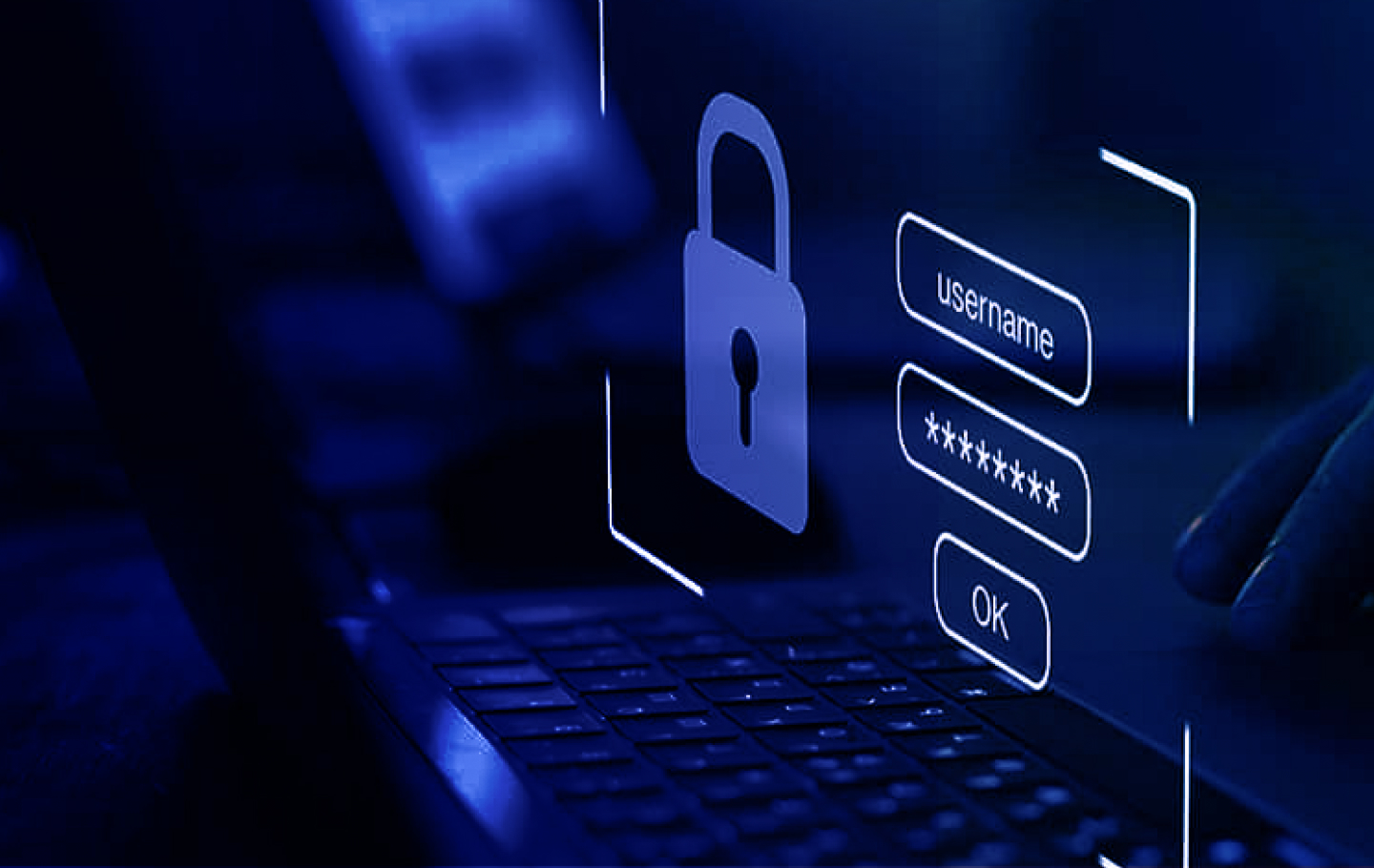
Best Practices for Creating and Managing Strong Passwords
Passwords are your first line of defense in protecting personal data, online accounts, and sensitive information. Weak or reused passwords make it easier for hackers to compromise your security. Follow these best practices to create and manage passwords effectively.
A strong password should:
Be at least 12-16 characters long (longer passwords are harder to crack).
Include a mix of uppercase and lowercase letters, numbers, and symbols.
Avoid common words, phrases, or easily guessable information like birthdays or names.
Example: Instead of "Password123," use something like "R!d3@H0rs3#42!"
Passphrases are easier to remember but still secure. Combine unrelated words into a sentence-like structure:
Example: "Sunflower_Rainbow!27Cats"
Tip: Use a memorable sentence and replace some letters with numbers or symbols.
Using the same password across multiple sites increases your risk. If one site is breached, all your accounts are vulnerable. Create unique passwords for each account.
Add an extra layer of security by enabling 2FA wherever possible. Even if your password is stolen, access to your account will require a second verification step (e.g., a code sent to your phone or email).
Password managers generate and store complex passwords securely, so you don’t have to remember them all.
Popular tools: LastPass, 1Password, Dashlane, Bitwarden.
Bonus: They also alert you if your passwords are weak or reused.
Public devices or unsecured networks may have keyloggers that capture your password as you type. Always log out after use and avoid entering sensitive information on shared devices.
Set reminders to update your passwords every 3-6 months, especially for sensitive accounts like banking or email.
Use tools like Have I Been Pwned? to see if your accounts have been part of a data breach. If they have, change the passwords immediately.
While convenient, saving passwords in browsers can be risky. If someone gains access to your device, they might retrieve these saved credentials. Instead, rely on a secure password manager.
Be cautious of emails or links asking for your login details. Always verify the source and avoid clicking on suspicious links.
Don’t use "123456," "password," or "qwerty"—these are among the first guesses hackers make.
Avoid patterns like "abbcd" or keyboard sequences like "asdfgh."
Always log out of your accounts on public or shared computers. Use incognito mode to ensure no data is saved during your session.

If available, use biometric authentication like fingerprints, facial recognition, or PINs in addition to passwords. These methods are harder to compromise than passwords alone.
Creating and managing strong passwords doesn’t have to be a hassle. By following these best practices, you can significantly reduce the risk of unauthorized access to your accounts and personal information.
Have you upgraded your password habits? Let us know which tip you found most useful!


















